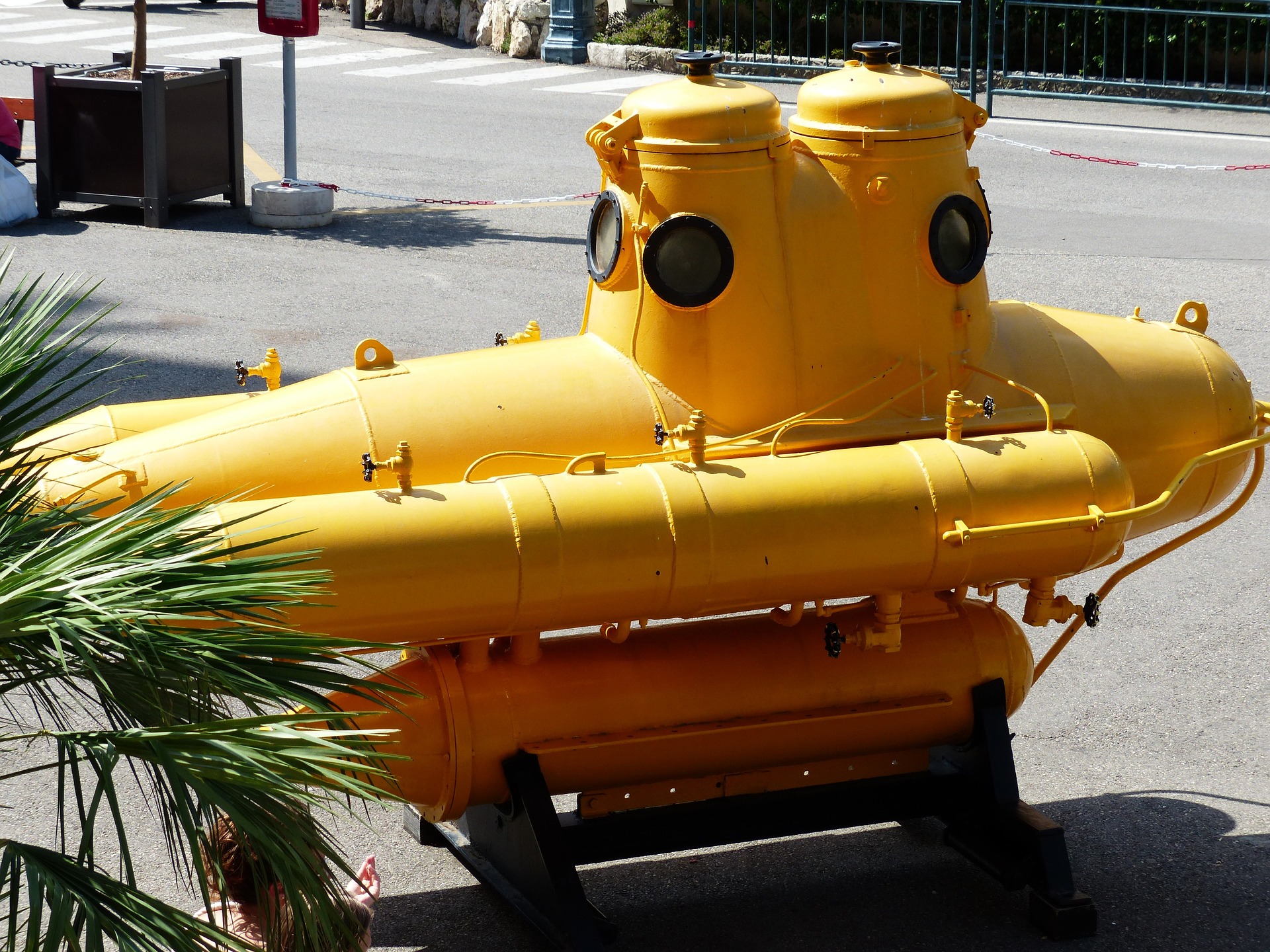The Hidden World of Axolotl Regeneration
Beneath the murky waters of Mexico's ancient lakes, a peculiar creature with extraordinary abilities lurks. The axolotl, a salamander species with an uncanny ability to regenerate lost body parts, has captivated scientists and animal enthusiasts alike. This fascinating amphibian holds secrets that could revolutionize regenerative medicine and challenge our understanding of cellular biology.

The Axolotl’s Evolutionary Journey
The axolotl’s story begins millions of years ago, when its ancestors first emerged from the primordial seas. These early amphibians developed the ability to regenerate lost body parts as a survival mechanism, allowing them to recover from injuries inflicted by predators or environmental hazards. Over time, most salamander species lost this remarkable ability, but the axolotl retained it, becoming a living fossil of sorts.
Today, axolotls are found exclusively in the canals and lakes of Xochimilco, a UNESCO World Heritage site in Mexico City. Their natural habitat has been severely degraded due to urban expansion and pollution, pushing the species to the brink of extinction in the wild. However, their popularity in the scientific community and as exotic pets has ensured their survival in captivity.
Unraveling the Secrets of Regeneration
The axolotl’s regenerative abilities are truly astounding. Unlike other animals that form scar tissue when injured, axolotls can regrow entire limbs, tails, and even parts of vital organs like the heart and brain. This process occurs without any scarring, resulting in perfect replicas of the lost body parts.
Scientists have identified several key factors that contribute to the axolotl’s regenerative powers. One crucial element is their ability to dedifferentiate cells at the site of injury. This means that mature cells can revert to a stem cell-like state, allowing them to form new tissues and organs. Additionally, axolotls possess a unique set of genes that regulate the regeneration process, orchestrating the complex series of events required to rebuild lost body parts.
Implications for Human Medicine
The axolotl’s regenerative abilities have far-reaching implications for human medicine. Researchers are exploring ways to apply the principles of axolotl regeneration to develop new treatments for a wide range of conditions, from spinal cord injuries to heart disease. By understanding the genetic and cellular mechanisms that enable axolotls to regenerate, scientists hope to unlock similar capabilities in human cells.
One area of particular interest is limb regeneration. While humans can regenerate certain tissues, such as liver cells and skin, we lack the ability to regrow entire limbs. Studying axolotls could lead to breakthroughs in prosthetic technology and potentially even the ability to regenerate human limbs in the future.
Conservation Efforts and Captive Breeding
As the axolotl’s natural habitat continues to shrink, conservation efforts have become increasingly important. Researchers and conservationists are working to protect and restore the canals of Xochimilco, implementing measures to reduce pollution and control invasive species that threaten the axolotl population.
Captive breeding programs have also played a crucial role in preserving the species. Axolotls are relatively easy to breed in captivity, and many research institutions and aquariums maintain colonies for scientific study and public education. These programs not only help to maintain genetic diversity but also provide opportunities for further research into the axolotl’s unique biology.
The Axolotl as an Exotic Pet
In recent years, axolotls have gained popularity as exotic pets, thanks to their unique appearance and fascinating regenerative abilities. However, keeping these delicate creatures requires specialized care and knowledge. Prospective owners must carefully consider the challenges of maintaining the proper aquatic environment, including water quality, temperature, and diet.
The price range for axolotls as pets can vary widely, typically ranging from $20 to $70 for common color morphs. Rarer varieties, such as the sought-after leucistic (white with pink gills) or GFP (genetically modified to glow under UV light) axolotls, can command higher prices, sometimes exceeding $100. The pet trade has had a significant impact on axolotl populations, both positive and negative. While it has helped to raise awareness and funding for conservation efforts, it has also led to concerns about the ethical implications of keeping these endangered animals as pets.
Ethical Considerations and Future Prospects
As research on axolotls continues to advance, ethical questions arise regarding the use of these animals in scientific experiments. Balancing the potential benefits to human medicine with the welfare of the axolotls themselves is an ongoing challenge for researchers and ethicists alike.
Looking to the future, the axolotl’s regenerative abilities may hold the key to groundbreaking medical treatments and a deeper understanding of cellular biology. As we continue to unravel the mysteries of these remarkable creatures, we must also strive to protect their natural habitat and ensure their survival for generations to come.
The axolotl stands as a testament to the wonders of nature and the potential for scientific discovery. By studying these extraordinary animals, we may not only unlock the secrets of regeneration but also gain valuable insights into the resilience and adaptability of life itself.





